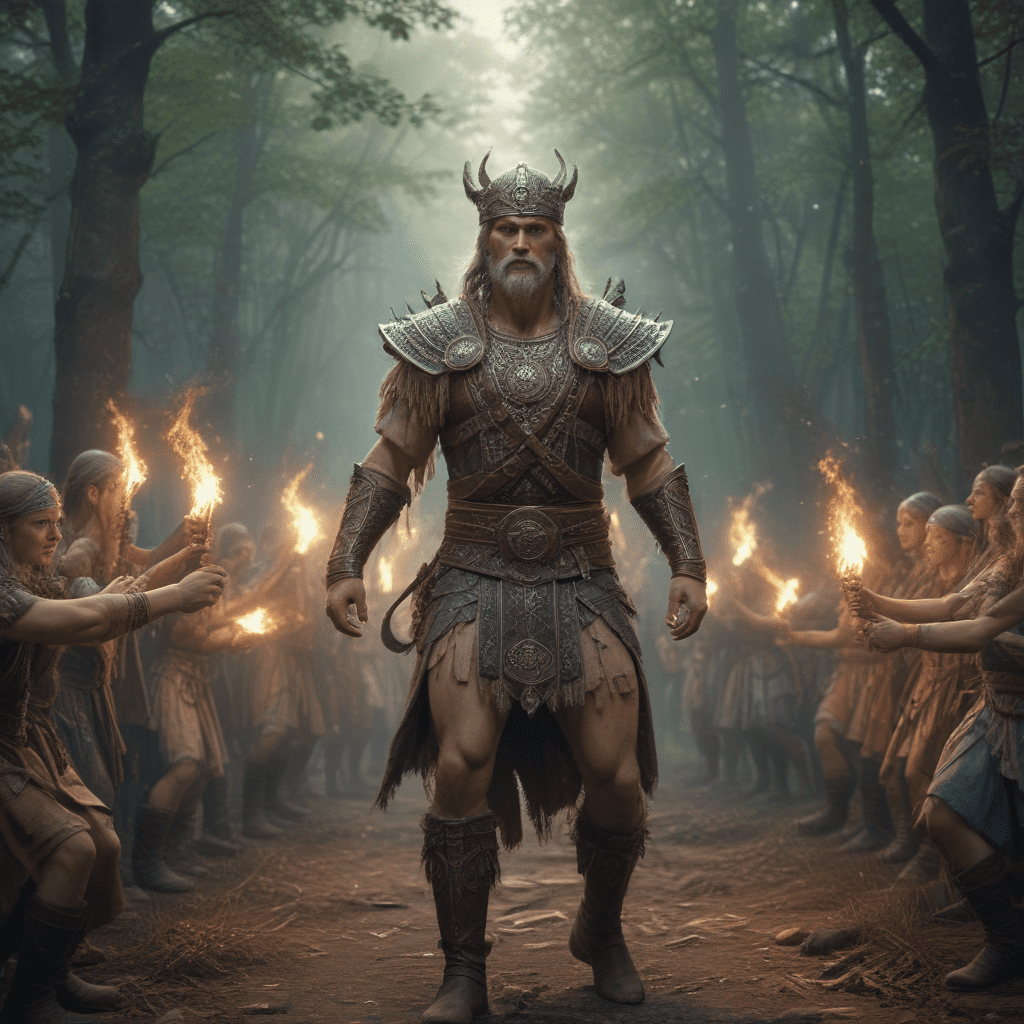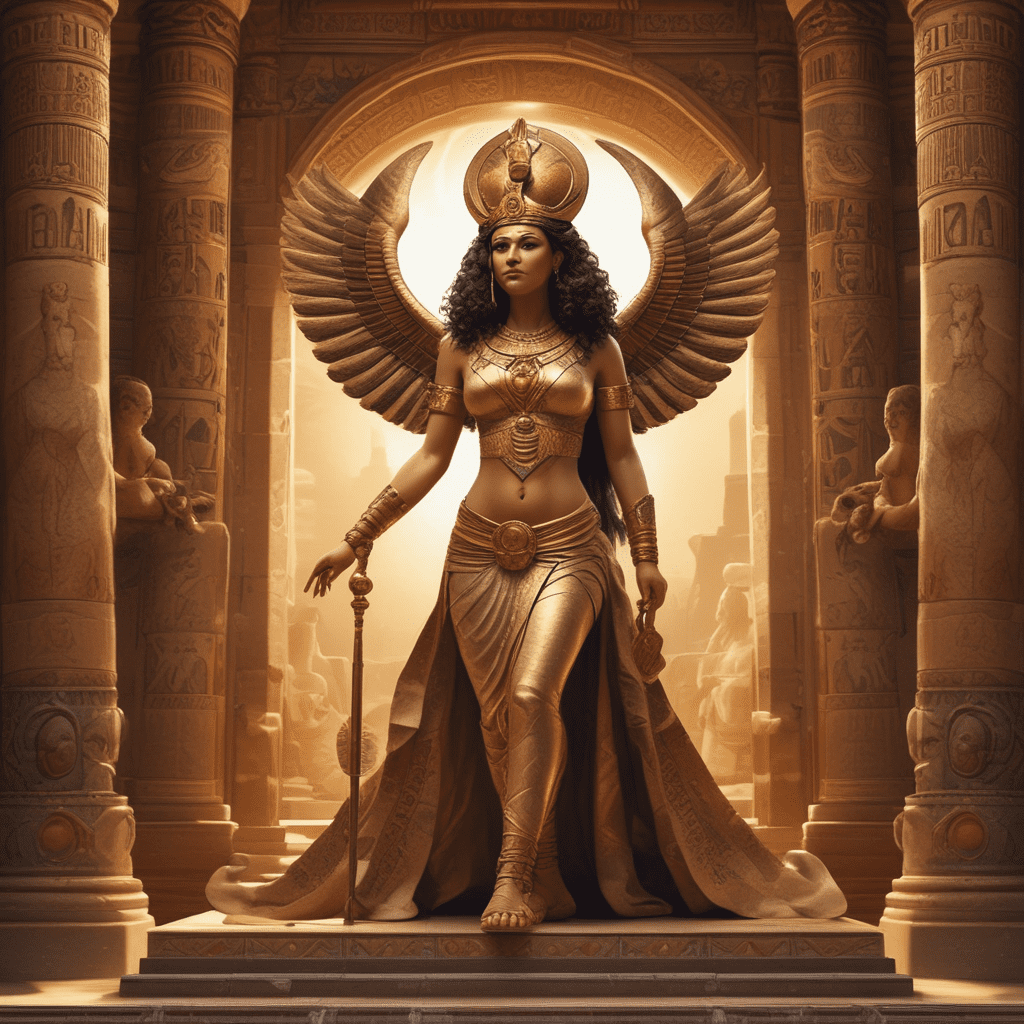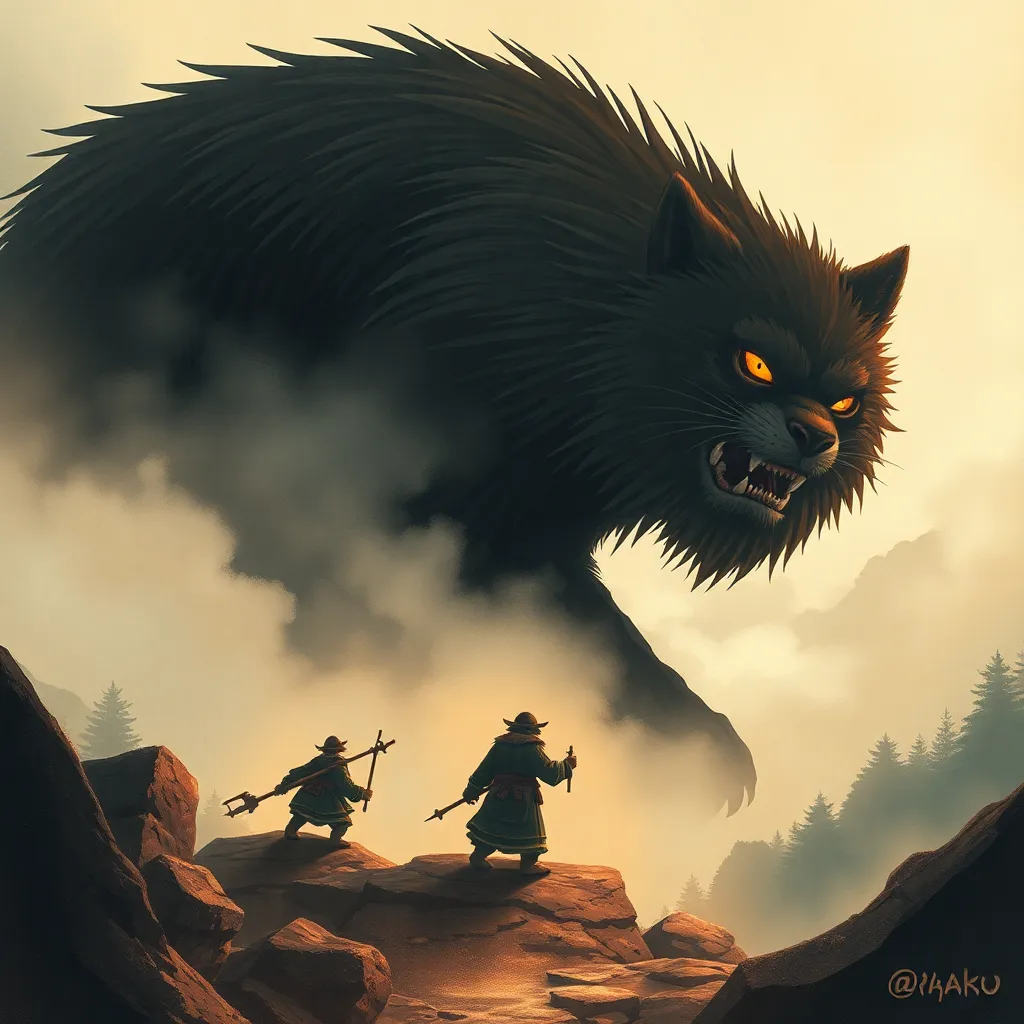1. Origins of Slavic Mythology and its Significance
Slavic mythology, a captivating tapestry of beliefs and practices, has its roots in the ancient Slavic people who inhabited much of Eastern Europe. This comprehensive system of mythology played a pivotal role in shaping the cultural identity, traditions, and folklore of Slavic societies. Slavic mythology's profound influence extends beyond the realm of oral storytelling, deeply intertwining itself with the very fabric of everyday life.
2. The Slavic Pantheon and its Deities
At the heart of Slavic mythology lies a diverse pantheon of deities, each embodying specific aspects of nature, human affairs, and the cosmos. Perun, the thunder god, held a revered position as the protector of warriors and the embodiment of strength and power. Veles, the enigmatic god of the underworld, livestock, and wisdom, commanded both awe and respect. Among the goddesses, Mokosh emerged as the patron deity of women, fertility, and hearth and home. These divine figures, alongside a multitude of other gods and spirits, formed the complex tapestry of Slavic mythology.
3. Ritual Practices and Customs Rooted in Mythology
Slavic mythology found its vibrant expression in an array of rituals and customs deeply entwined with the cycle of seasons and the rhythm of life. Ancestral veneration held a significant place, with people honoring their departed loved ones through elaborate feasts and ceremonies. The concept of animism permeated Slavic mythology, bestowing spirits upon natural elements and phenomena. Thus, rivers, forests, and even household objects were believed to possess consciousness, inviting reverence and respect.
4. Maslenitsa: The Farewell to Winter
Maslenitsa, a joyous festival marking the end of winter, stands as a vibrant testament to Slavic mythology's enduring legacy. Celebrated during the week preceding the Eastern Orthodox Lent, Maslenitsa involves lively festivities, delicious pancakes, and the symbolic burning of a straw effigy representing winter. Through these rituals, Slavic communities bid farewell to the harsh season, welcoming the approaching spring with warmth and anticipation.
5. Kupala Night: Celebrating the Summer Solstice
Kupala Night, a mystical festival coinciding with the summer solstice, evokes the enchanting realms of Slavic mythology. Bonfires illuminate the night, casting an ethereal glow upon revelers who engage in traditional dances, songs, and storytelling. The festival honors Kupalo, the god of summer fertility, and celebrates the abundance of nature at its peak.
6. Koliada: Winter Solstice and the Renewal of Life
Koliada, a festival marking the winter solstice, holds immense significance in Slavic mythology. The rebirth of the sun and the renewal of life are central themes of this celebration. Rituals involve the burning of a sacred log, symbolizing the old year's end and the beginning of a new cycle. Koliada songs, filled with ancient lore and blessings, echo through the night, invoking prosperity and abundance for the coming year.
7. Yarilo: God of Vegetation and Spring Fertility
Yarilo, the god of vegetation and spring fertility, embodies the transformative power of nature. His arrival signals the awakening of the earth after winter's slumber. Yarilo festivals, held during springtime, celebrate new beginnings and the promise of bountiful harvests. Participants engage in rituals involving dance, music, and the symbolic representation of Yarilo's return, ensuring the continued vitality of the natural world.
8. The Role of Supernatural Beings in Festivals
Slavic mythology is replete with supernatural beings, both benevolent and malevolent, who play significant roles in traditional festivals. Rusalki, water spirits associated with rivers and lakes, are celebrated during Rusalka Week, a time for offerings and rituals to appease these enigmatic creatures. Leshy, the forest spirit, is both revered and feared, with festivals honoring his protective power over the woodland realm.
9. Animistic Beliefs and Nature Worship
Animistic beliefs form a core aspect of Slavic mythology, attributing spirits to natural elements and phenomena. Trees, rivers, and even household objects are believed to possess consciousness and agency. Accordingly, traditional festivals often incorporate rituals honoring these spirits, seeking their favor and protection. Nature worship, deeply ingrained in Slavic culture, is evident in festivals that celebrate the changing seasons and the bounty of the earth.
10. Contemporary Revival of Slavic Cultural Heritage
In recent decades, there has been a resurgence of interest in Slavic mythology and its cultural legacy. Traditional festivals are experiencing a revival, with communities embracing their ancient roots and seeking to preserve their unique heritage. Modern interpretations of these festivals often blend contemporary elements with time-honored customs, ensuring the continuity of Slavic traditions for generations to come.
FAQ
What is the origin of Slavic mythology?
Slavic mythology has its roots in the ancient Slavic people who inhabited much of Eastern Europe.
Who are the main gods in the Slavic pantheon?
Perun, the thunder god, Veles, the god of the underworld, and Mokosh, the goddess of fertility, are among the most prominent deities in Slavic mythology.
How do Slavic festivals reflect their mythology?
Slavic festivals are deeply rooted in mythology, with rituals and customs honoring specific deities, celebrating seasonal changes, and acknowledging supernatural beings.
What is the significance of animism in Slavic mythology?
Animistic beliefs are central to Slavic mythology, attributing spirits to natural elements and phenomena, which are honored and respected through traditional festivals.
How is Slavic mythology being preserved today?
There has been a revival of interest in Slavic mythology in recent years, with traditional festivals being celebrated and efforts made to preserve cultural heritage.


